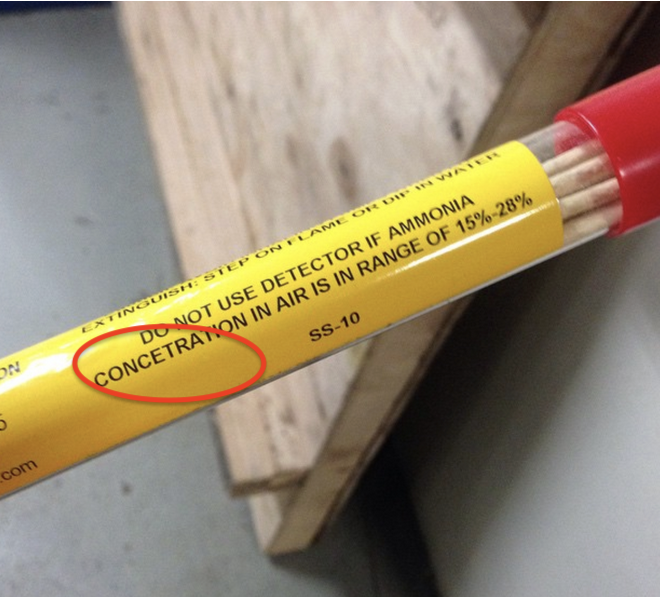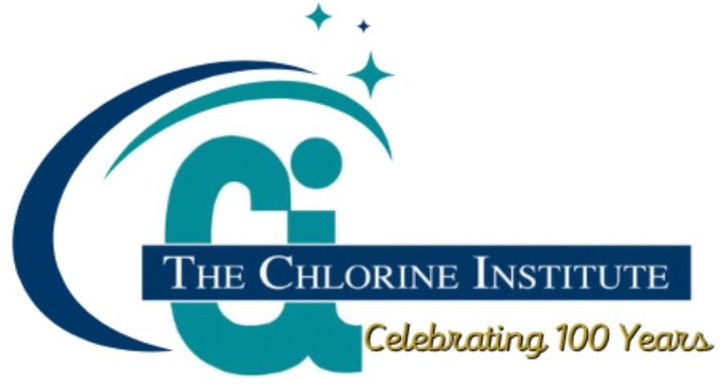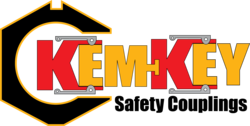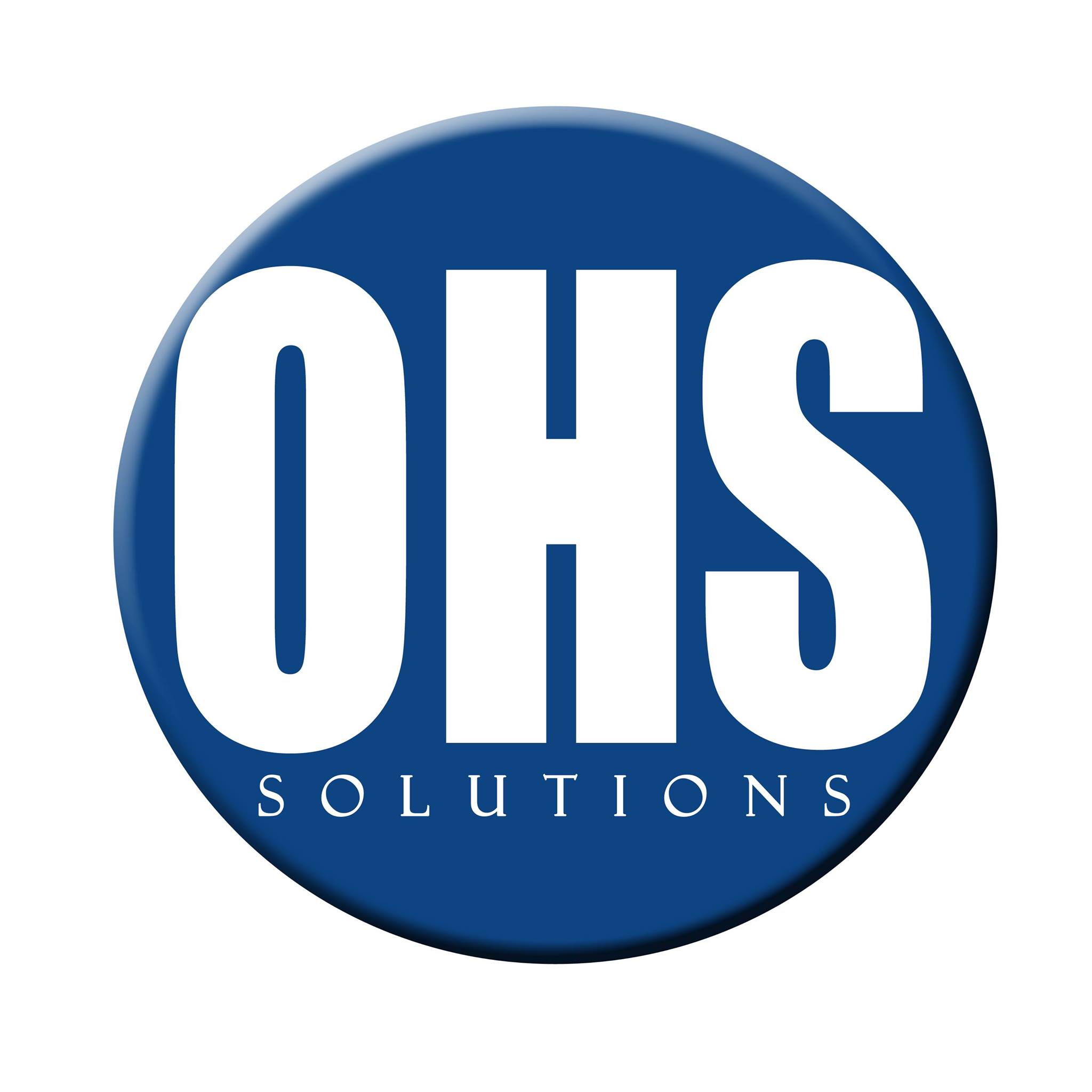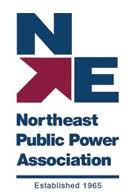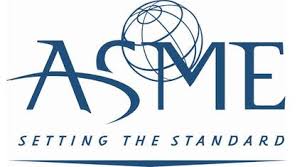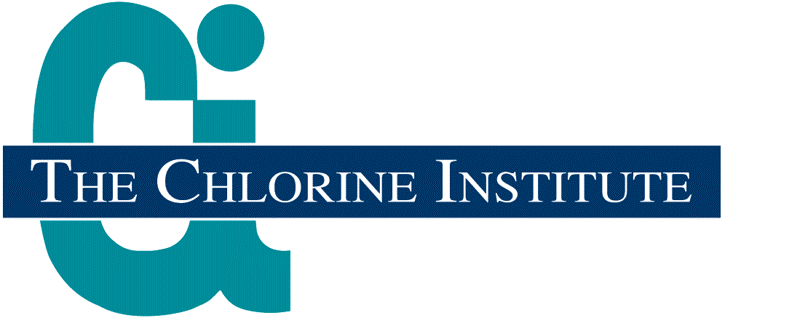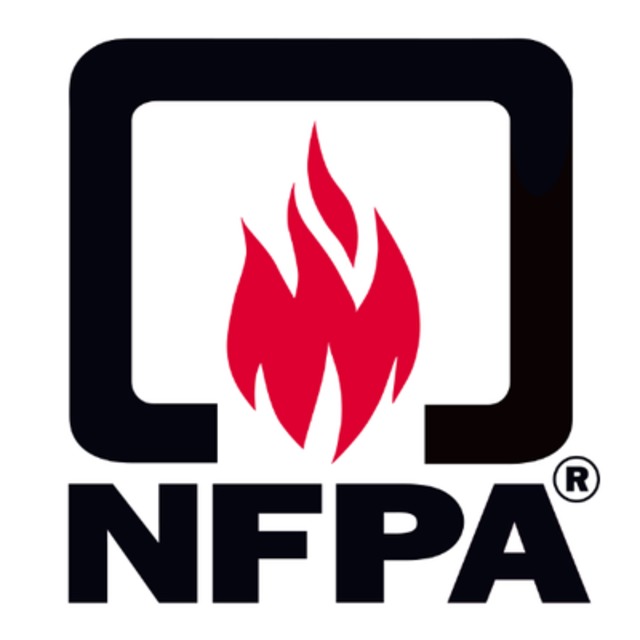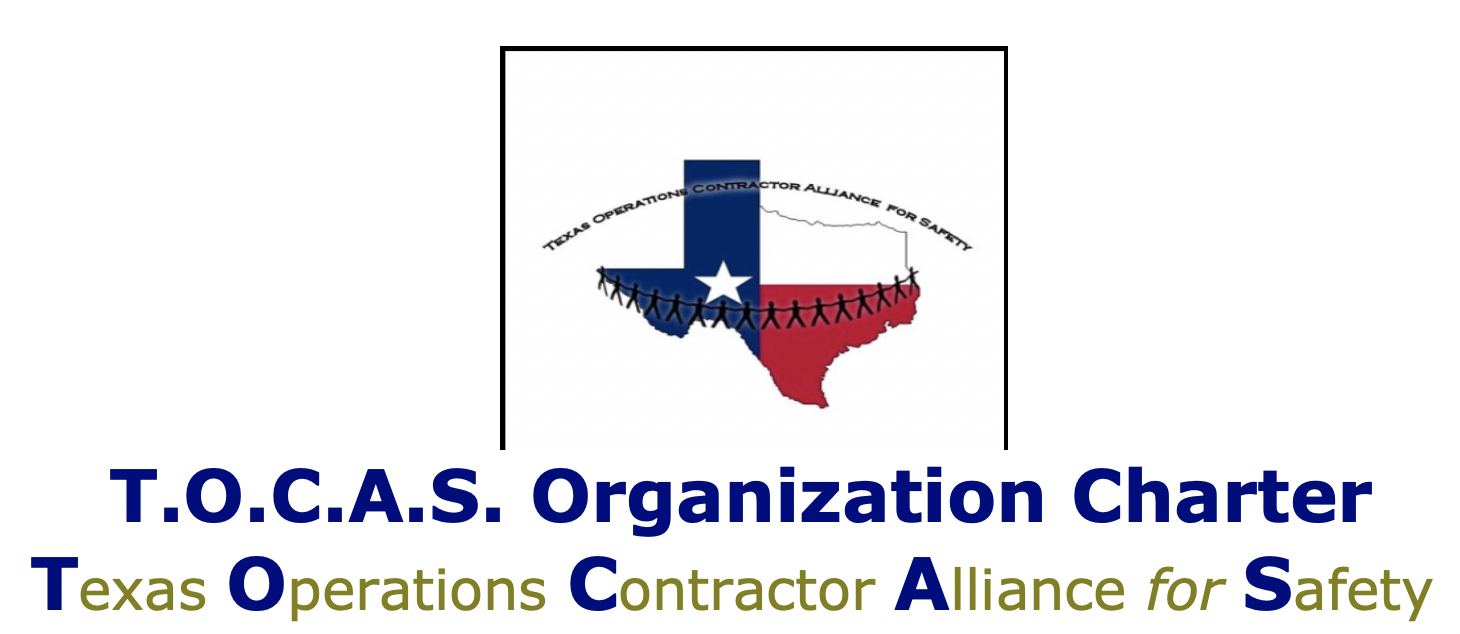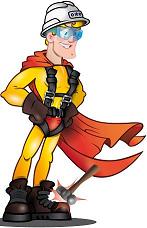 In 2012, I discussed the use of sulfur sticks and asked a question:
In 2012, I discussed the use of sulfur sticks and asked a question:
Sulfur sticks and ammonia leaks... are you in compliance when using these leak detection devices?
In 2014, IIAR updated its edition of ANSI/IIAR 2 – Standard for Safe Design of Closed-Circuit Ammonia Refrigeration Systems, which PROHIBITS their use when charging is being performed and when oil or ammonia is being removed from the system.
This was a significant step; however, look at the manufacturer's warning on its label. Does anyone notice anything odd or risky?
Why would we simply say that these devices, which have an open flame, could not be used in the presence of a visible NH3 gas? These devices work great when we have a small leak, such that the leak point is NOT visible. However, issuing the warning that these devices can not be used in the flammable range of NH3 is really quite silly.
1. We need a "safety factor" of at least 2:1 so it would be wise to restrict these devices from being used when there is a visual presence of NH3 gas (i.e., ~ 4,000 ppm)
2. I am unaware of handheld sensors that can accurately read 150,000 ppm of NH3. If such a device were available, do we think we would be able to physically read the screen in an NH3 cloud of 150,000 ppm?
As we discussed in 2012, these devices MUST be used according to a written SOP/SWP, and these limitations MUST be included in the SOP/SWP. BOTTOM LINE: Use these devices ONLY when the leak can not be seen (e.g., small leaks that can be smelled but not seen).
